Xero is the biggest name in accounting and bookkeeping software. It’s easy enough to work the basics. You create a profile with your personal or business details and from there you can make invoices, pay accounts plus more. Tax agencies would normally take on this work and they still do, with a few “added features” to keep up with change. Enter the Xero Advisor.
What’s Xero software?
The words accounting and bookkeeping conjure visions of paper towers and huge volumes of records businesses use to track their money. Xero keeps the same methods like invoicing, balancing and reconciling but puts it all online. This means less paper getting wasted, more storage space on the shelf and boosted efficiency because people don’t have to spend time searching through records.
Thanks to the rise of mobile, both accountants and businesses can check numbers with just a click of a button on both their desktop and tablet. And yes, there’s an app for that.
How does someone become an Advisor?
Once an accountant or bookkeeper is registered with Xero, there’s an option to become an Advisor through their education program. The courses are available on a self-paced basis and have a 12-month deadline for completion. Like a university or TAFE course, there are electives, core courses and a credit point system.
To become an Advisor, the student has to cover four core subjects and four electives, totalling 40 credit points. They can pick and choose the courses to take, but the basics of Xero, reporting and conversions are compulsory. To maintain certification, the Xero Advisor must continue professional education each year and achieve a certain number of credit points.
How does a Xero Advisor benefit my business?
Many business owners worry about the accuracy of their records and the time it takes to balance everything. This is when they’d hand over the reins to their accountant. Xero Advisors are trained to manage the software competently.
Xero accounts are accessible anywhere, anytime. In the old days when everything was on paper, accountants or their assistants would have to wade through volumes of heavy records to find their client. Now it’s as simple as clicking on a tab. Also, with an easy-to-read dashboard, tax agents can easily track their client’s progress and see how their money is flowing. This makes for easier strategy planning to maximise return and boost profits.


